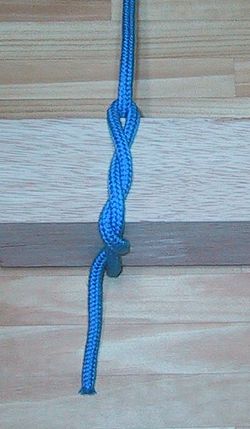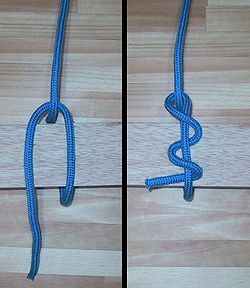Difference between revisions of "Translations:AY Honors/Knot/Timber hitch/2/es"
From Pathfinder Wiki
(Created page with "</noinclude> {{Knot/es | name = Vuelta de Braza | image = Timber Hitch Final.jpg |image2 = Timber Hitch HowTo.jpg | use = La '''vuelta de braza''' es un nudo que se usa para f...") |
|||
| Line 1: | Line 1: | ||
</noinclude> | </noinclude> | ||
{{Knot/es | {{Knot/es | ||
| − | | name = Vuelta de | + | | name = Vuelta de braza |
| image = Timber Hitch Final.jpg | | image = Timber Hitch Final.jpg | ||
|image2 = Timber Hitch HowTo.jpg | |image2 = Timber Hitch HowTo.jpg | ||
Revision as of 20:12, 21 January 2019
| Vuelta de braza |
|---|
|
Uso: La vuelta de braza es un nudo que se usa para fijar una sola cuerda a un trozo de madera. Este nudo se deshace fácilmente después de su uso.
Cómo amarrar:
|


